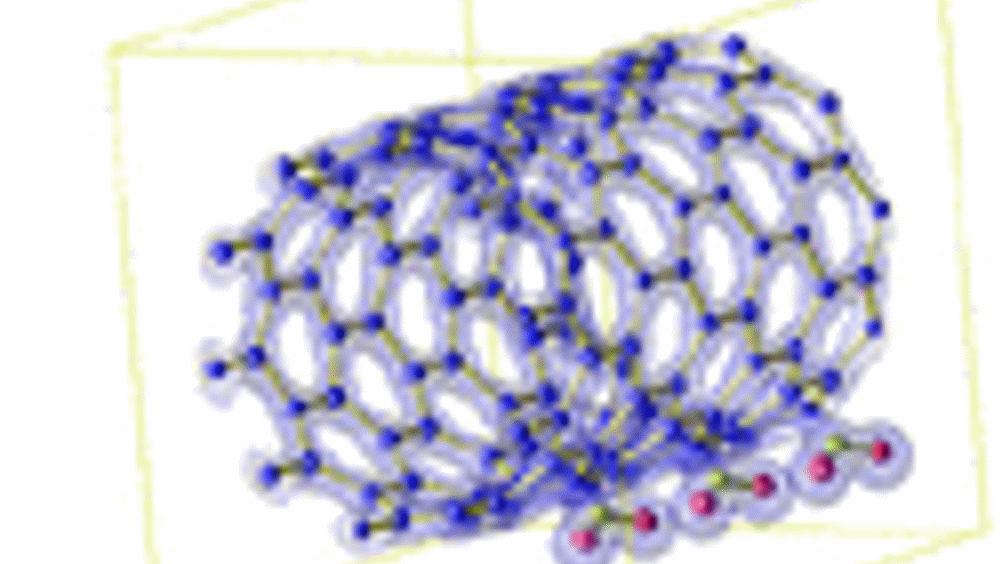Gold bowties smarten image
Researchers from Stanford University have overcome one of the great challenges of optical imaging on the nanoscale by creating the ‘bowtie nanoantenna.’

One of the great challenges in the field of nanotechnology is optical imaging--specifically, how to design a microscope that produces high-resolution images of the nano-sized objects that researchers are trying to study. For example, a typical DNA molecule is only about three nanometres wide, so tiny that the contours of its surface are obscured by light waves, which are hundreds of nanometres long.
Now, researchers from
"One of our goals is to build a microscope with bowtie antennas that we can scan over a single molecule," says W.E. Moerner, the Harry S. Mosher Professor of Chemistry at Stanford. He and his Stanford colleagues introduced the bowtie nanoantenna earlier this year in a study published in the journal Physical Review Letters that was co-authored by postdoctoral fellow P. James Schuck and graduate student David Fromm in the Department of Chemistry, and Professor Emeritus Gordon Kino and graduate student Arvind Sundaramurthy in the Department of Electrical Engineering.
Register now to continue reading
Thanks for visiting The Engineer. You’ve now reached your monthly limit of premium content. Register for free to unlock unlimited access to all of our premium content, as well as the latest technology news, industry opinion and special reports.
Benefits of registering
-
In-depth insights and coverage of key emerging trends
-
Unrestricted access to special reports throughout the year
-
Daily technology news delivered straight to your inbox










Water Sector Talent Exodus Could Cripple The Sector
Well let´s do a little experiment. My last (10.4.25) half-yearly water/waste water bill from Severn Trent was £98.29. How much does not-for-profit Dŵr...